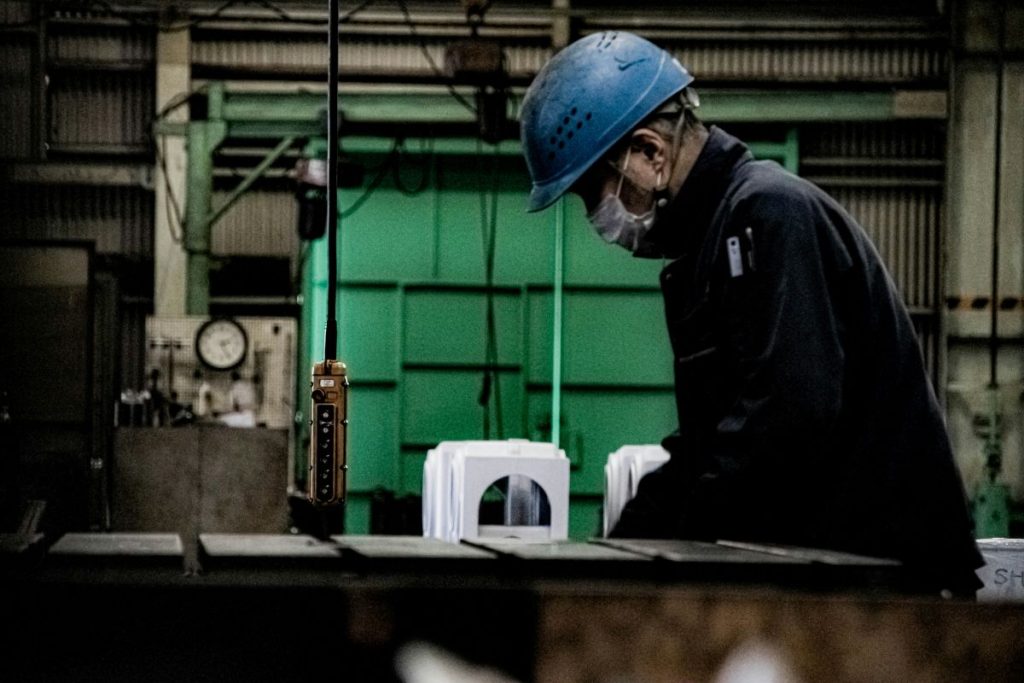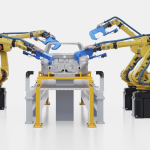Production Growth Fueled by Pre-Tariff Demand
The U.S. manufacturing sector saw a rebound in February, with production and demand increasing as companies rushed to place orders ahead of new tariffs. S&P Global’s U.S. Purchasing Managers’ Index (PMI) climbed to 52.7, up from 51.2 in January, signaling continued industry growth. However, analysts warn that this surge may be temporary, as businesses stockpile inventory in anticipation of price hikes and supply chain disruptions.
Industry analysts suggest that the recent improvement in manufacturing activity may not be sustainable. Much of the boost in production and purchasing appears to be linked to companies and their customers increasing inventory levels before tariff-related cost increases and potential supply chain disruptions take effect.
The Institute for Supply Management’s (ISM) PMI, a separate measure, registered at 50.3%, slightly lower than its January reading of 50.9%. ISM also highlighted rising input costs, with commodity spot prices—particularly for steel and aluminum—spiking 20% compared to the previous month due to tariff concerns.
Tariffs Weigh on Supplier Decisions and Employment
The uncertainty surrounding tariffs has impacted supplier behavior, with many hesitant to accept new orders to avoid bearing the financial burden of potential duties. Many suppliers appear to be proceeding cautiously, aiming to avoid unexpected cost increases that could arise from the new tariff structure.
Employment indicators also reflected growing caution, with ISM’s employment index dropping from 50.3% in January to 47.6% in February. While layoffs decreased, companies are instead relying on attrition to manage workforce levels. Lower inventory levels and slower supplier deliveries may be temporary, but manufacturers are already strategizing how to absorb rising input costs.
With inflationary pressures mounting, S&P reports that input cost inflation reached its highest level since November 2022. Many within the sector believe that higher costs being passed through the supply chain could weaken demand in the coming months and potentially influence future monetary policy decisions.
Industry Faces Tough Choices
Manufacturers must now decide whether to absorb higher costs, push them down to suppliers, or pass them on to customers. With tariffs driving input costs higher and supplier reluctance creating bottlenecks, businesses need to evaluate their procurement strategies to stay competitive. The key challenge will be balancing cost pressures with long-term resilience in an unpredictable trade environment.







